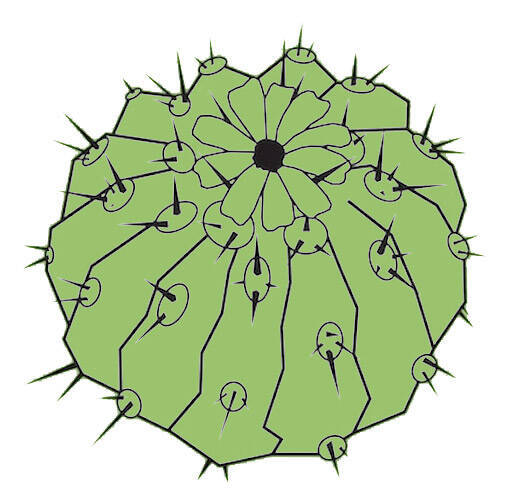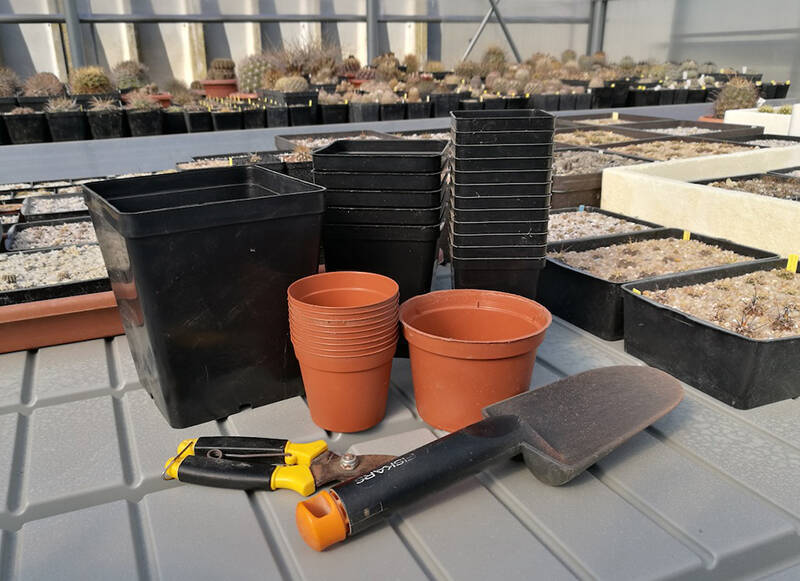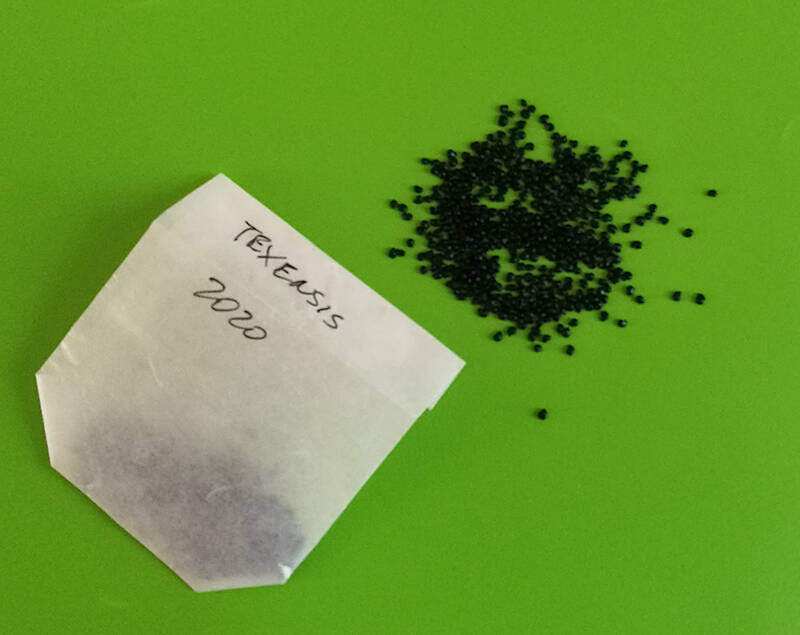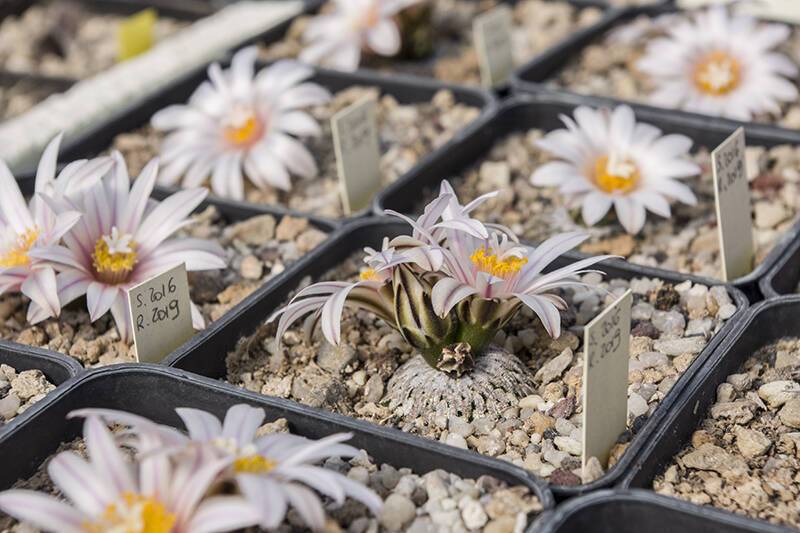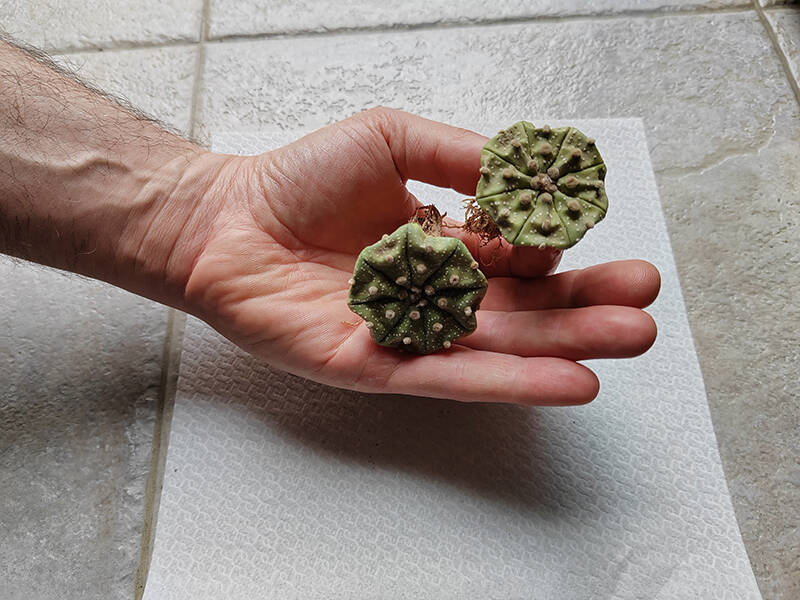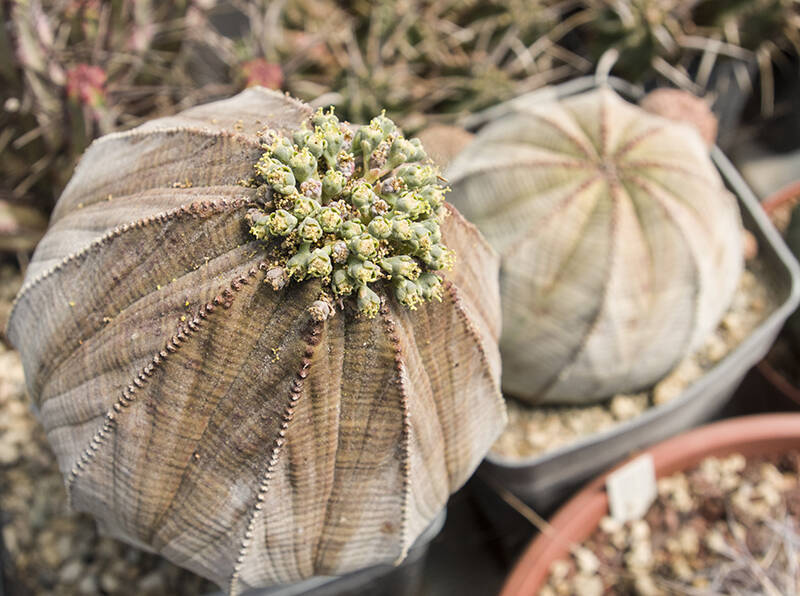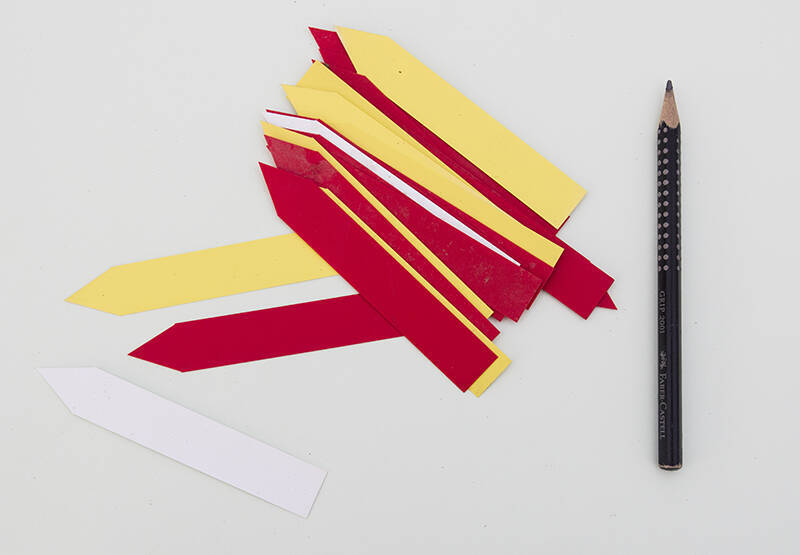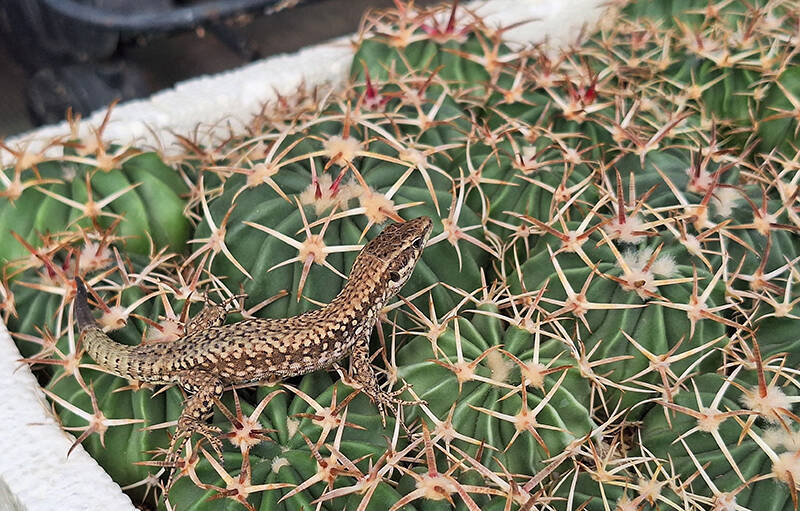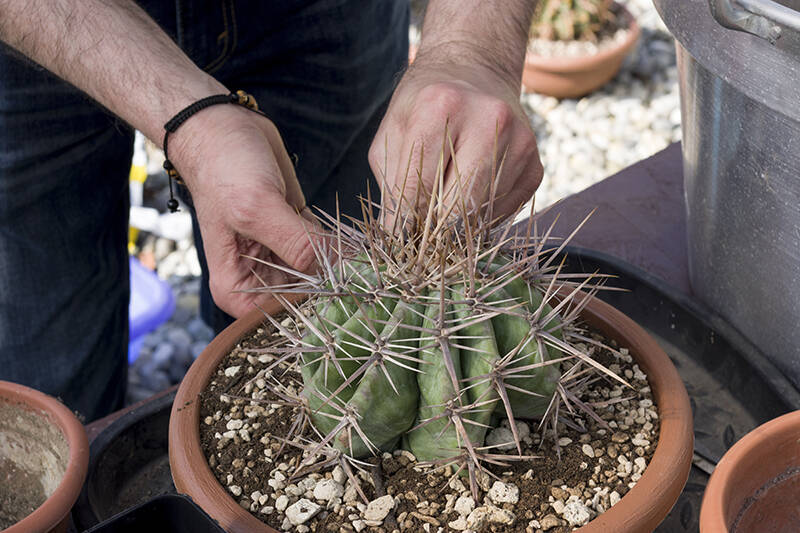PLANT OF THE DAY

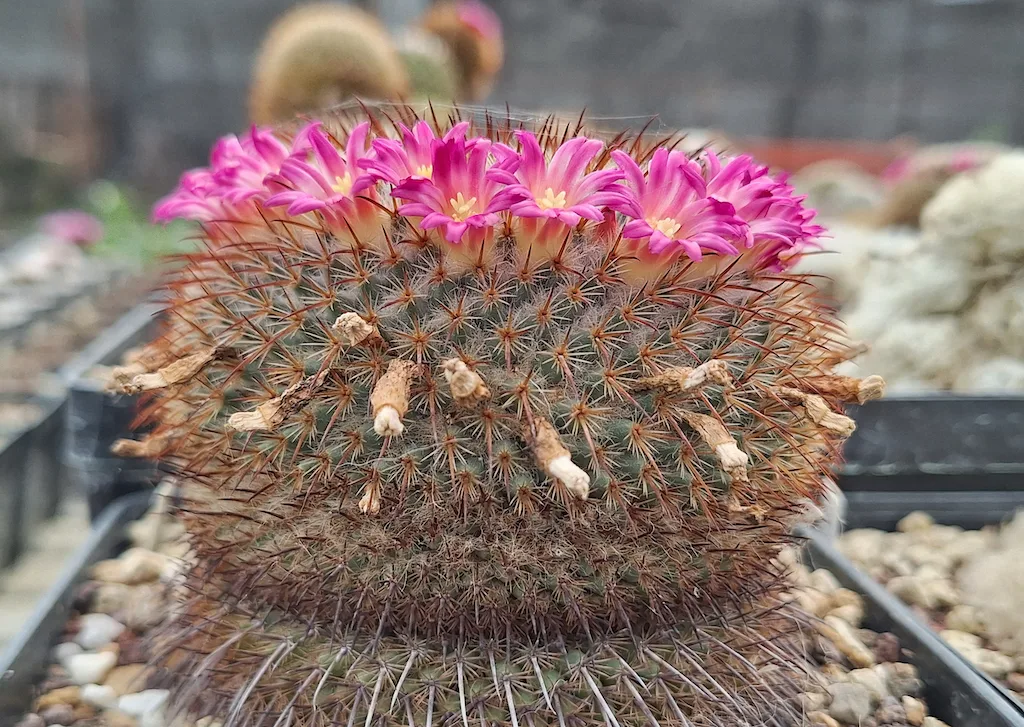
Spring is here, what to do with cacti and succulents? All out or is it better to wait?
Spring, the so-called beautiful season, has now begun: what to do with cacti and succulents? Should you take plants kept indoors outside during the winter? Remove covers or layers of non-woven fabric? Resume watering? Fertilize plants? Spring is the season
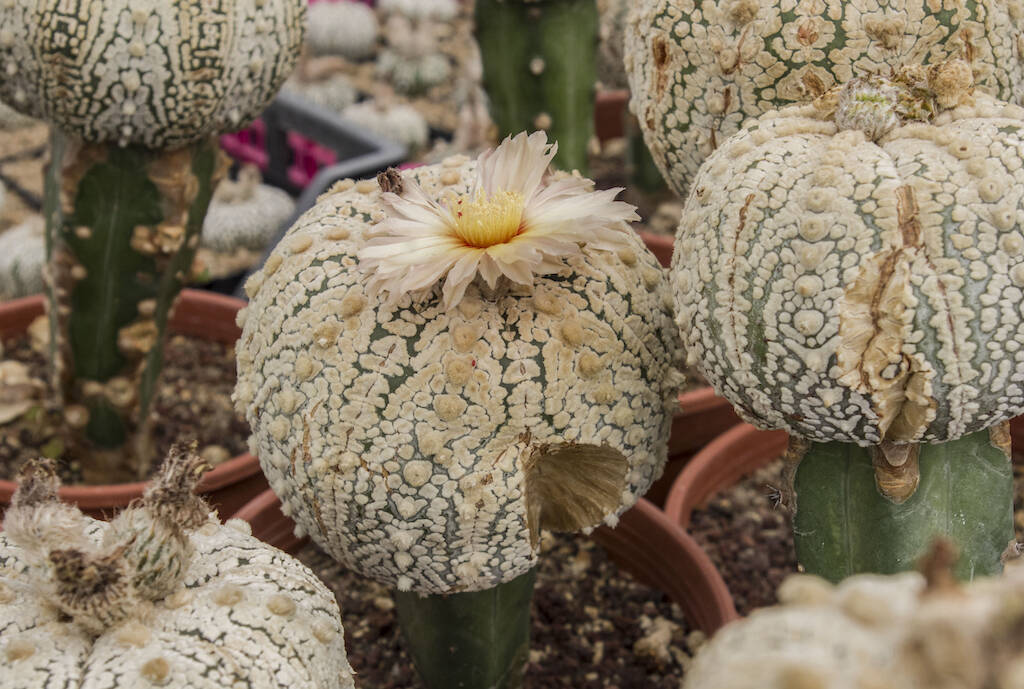
Grafting cactus: when a succulent plant can be grafted and what is the correct procedure to follow
In cacti as well as in many other botanical families, grafting is a common practice, usually adopted to grow delicate plants more easily and to speed up the growth rates of the plants themselves. In short, it consists of combining
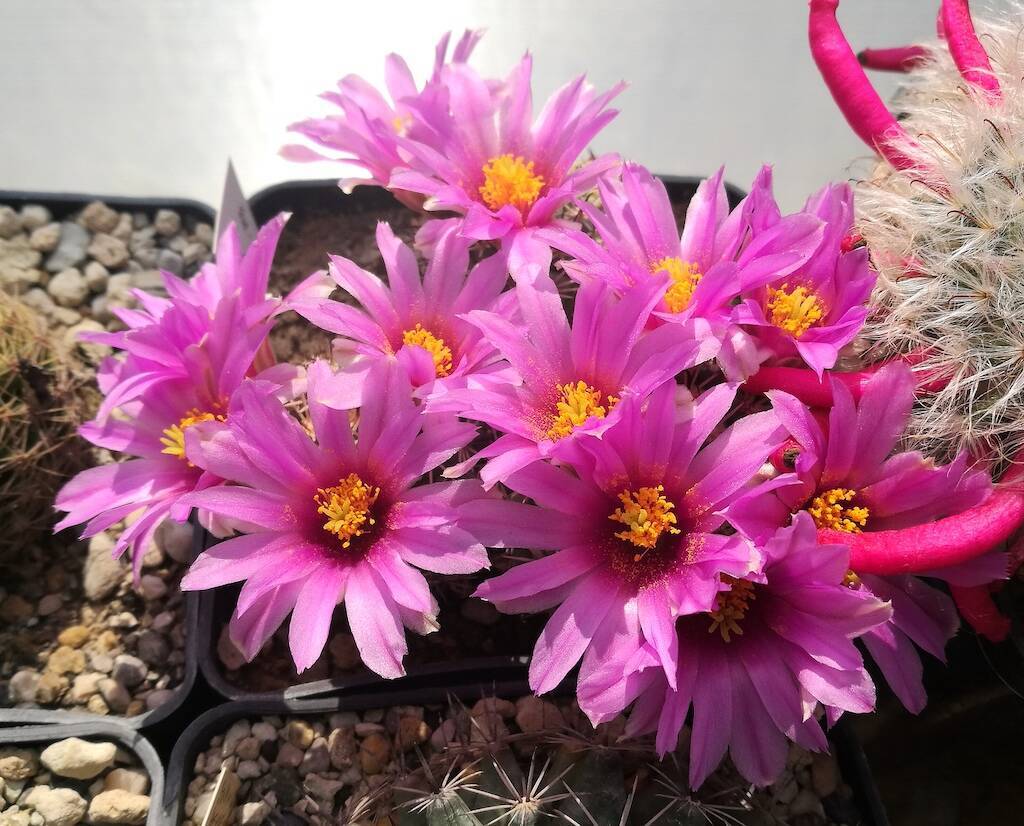
Mammillaria, a genus of cactus that is essential in any self-respecting succulent collection
Mammillaria is a very widespread genus of cacti and appreciated by succulent plant growers. These cacti are easily recognizable by the splendid crown blooms around the apical part of the stem, which can be small or medium in size. These
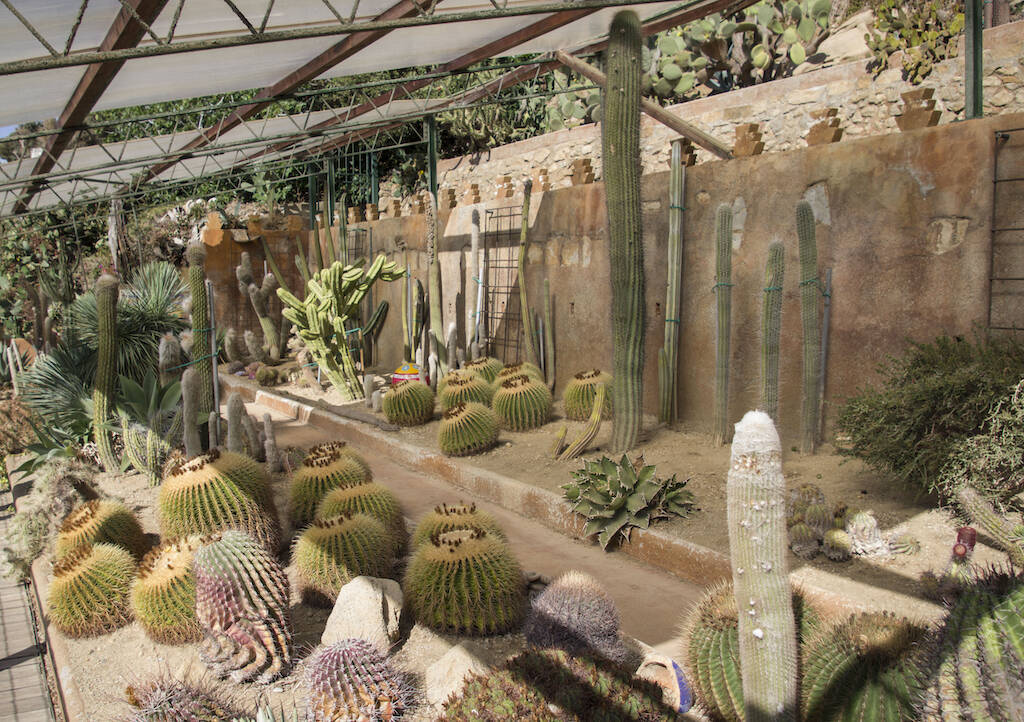
Succulent plants, a small guide for those approaching this world: the simplest species to grow
The world of succulent plants is extremely vast. It follows that the cultivation needs of individual succulents can vary considerably from family to family and from genus to genus. With a concrete example, a cactus (plant belonging to the Cactaceae
